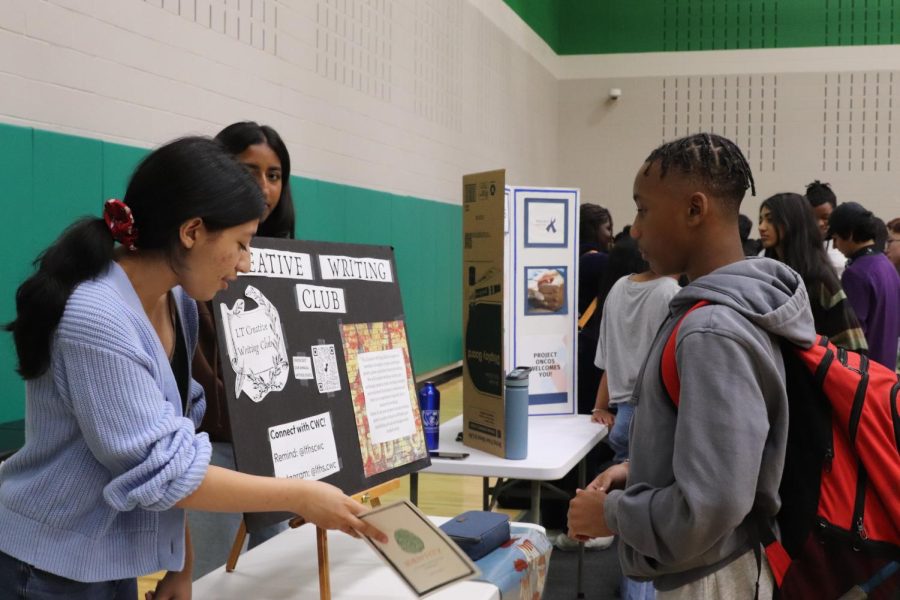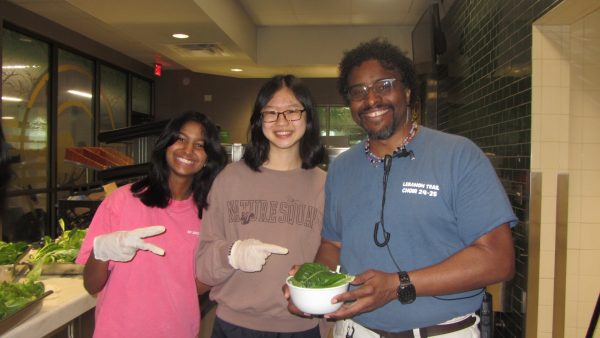Extracurricular Activity’s Participation is slowly rising back up after the pandemic.
Cheerleaders sparkle and perform on the sidelines, wrestlers compete to demonstrate their strength and resistance, and football players strategically dance on the field. All of the coaches for these activities are seen with a smile, and utter support for their athletes, yet underneath those grins, stress could be bubbling.
Extracurricular activities are the backbone of a lot of students’ childhoods, as 83% of all children ages six to seventeen nationally, have participated in at least one.
There are 88 clubs and organizations here at Lebanon Trail, yet our athletic coordinators and coaches are struggling to recruit members to keep their activities running.
“It’s affected us for the past two years, participation was down not only at this school but across the district, boys and girls participation,” Wrestling Coach Jarrid Trevino said, “but we’ve kind of seen the uptake now, this year, for everybody.”
Even though student participation in extracurricular activities is constantly decreasing, there are still many that believe these activities are highly beneficial.
“I feel that with extracurricular activities you can have the perfect opportunity to make, meet, you know get close to new friends,” Color Guard Member Makai Bettone said, “And then you can find a whole bunch of skills you never knew you had as a person if you weren’t in extracurricular
activities.”
The covid pandemic seems to be the main culprit in dampening motivation in students as this decrease in engagement started going down roughly two years ago.
“During the pandemic, a lot of students lost motivation when it comes to school and life,” Bettone said. “It was such a hard time for all of us and I can understand why people don’t want to be joining extracurriculars anymore. But you still should.”
Along with the pandemic, students are also at the maturity level where they’re wanting to participate in outside activities like getting jobs, doing drivers education, and other ventures.
“I feel like this area, economically; there are a lot of jobs out there that are offering kids nine plus dollars an hour,” Trevino said, “and so a student at the school could go and work twenty hours a week and make a lot of money versus working twenty hours a week just participating in a sport.”
Although coaches understand why students aren’t participating, they are striving to change this issue by advertising at the local Middle Schools and hanging flyers around our school. Students that are in these activities are starting to advocate for their teams as well because they fear the teams will eventually topple.
“It’s more like, the less people that go into extracurriculars, the more the extracurriculars will die off eventually,” Bettone said, “so that’s why I’m saying you need to join extracurriculars so you can feed into it, learn from it, and you can be a better person due to extracurriculars.”
These activities present the perfect constructive opportunity for students to apply academic skills to real-life situations. Above all, the reasoning for why a student should join extracurricular activities is all based on the wants and needs of the student.
“This makes school worth going to. You know everyone has to go to school and learn math, science, history, english, but the extracurriculars are the reason you want to be at school,” Trevino said, “so be it the wrestling team, the football team, basketball team, band, orchestra, choir, dance, I would encourage every student to be involved in something that peaks their interest.”

Current Senior, Layah Eastmond, a first time staffer on the LTHS Newspaper team, completed the Vanguard News internship a year prior. Originally from California,...








